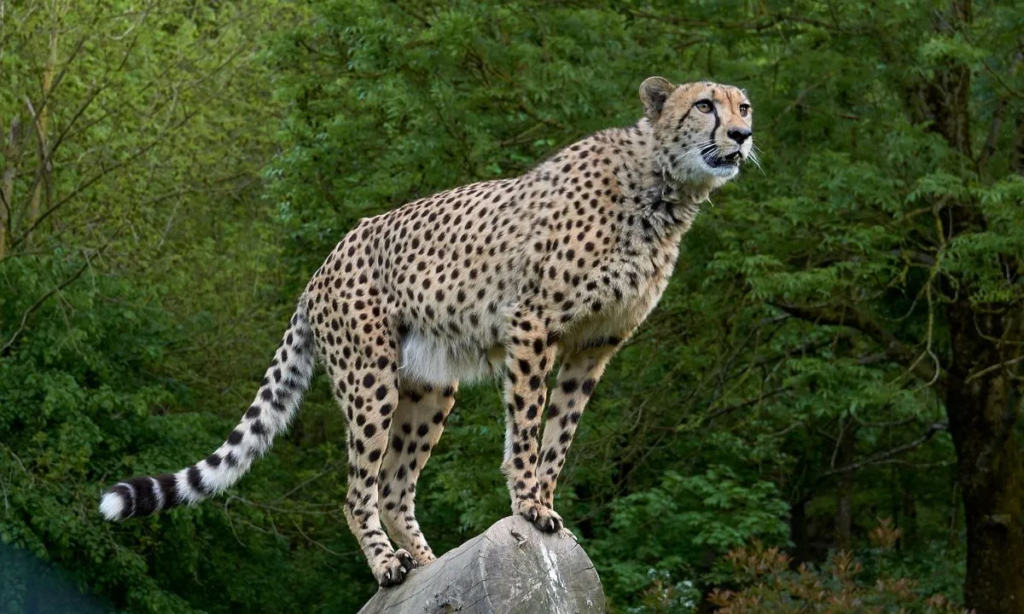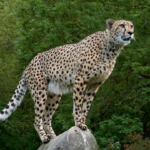Indian scientists are on the verge of a remarkable scientific breakthrough aimed at reviving the extinct Indian cheetah, which disappeared from the country in 1952 due to excessive hunting and habitat destruction. This ambitious project is being spearheaded by the Birbal Sahni Institute of Palaeosciences (BSIP) in collaboration with the Zoological Survey of India (ZSI).

Current Status of the Project
- Whole Genome Sequencing (WGS): The BSIP is in the final phase of sequencing the entire genome of the Indian cheetah. This involves analyzing the complete DNA structure to understand its genetic makeup.
- Lead Researcher: Niraj Rai, a senior scientist at BSIP, is leading the research efforts. He stated, “We have samples of all extinct Indian cheetahs, and we are now in the final phase of their whole genome sequencing.”
Revival Methodology
- Use of African Cheetah as Surrogate: The plan includes using an African cheetah as a surrogate mother for the revival process. This innovative approach aims to create a genetically modified version of the African cheetah that closely resembles the extinct Indian cheetah.
- Gene Editing: Once the genome sequencing is complete, scientists will compare the DNA of the Indian and African cheetahs. They will then make necessary genetic modifications to the African cheetah’s DNA to align it with that of the Indian cheetah.
- Timeline: The completion of the genome sequencing is expected within the next three months, after which the gene editing process will commence.
Significance of the Project
- Biodiversity Restoration: The revival of the Indian cheetah is not just about bringing back a species; it represents a significant step towards restoring biodiversity in India.
- Scientific Innovation: This project showcases the potential of modern science, including gene editing and cloning, to address issues of extinction and conservation.
Conclusion
The initiative to bring back the Indian cheetah is a testament to the advancements in genetic research and conservation efforts. As scientists work diligently towards this goal, the world watches with anticipation for the potential revival of one of nature’s fastest land animals. This project could pave the way for similar efforts in the future, highlighting the importance of preserving our planet’s biodiversity.



